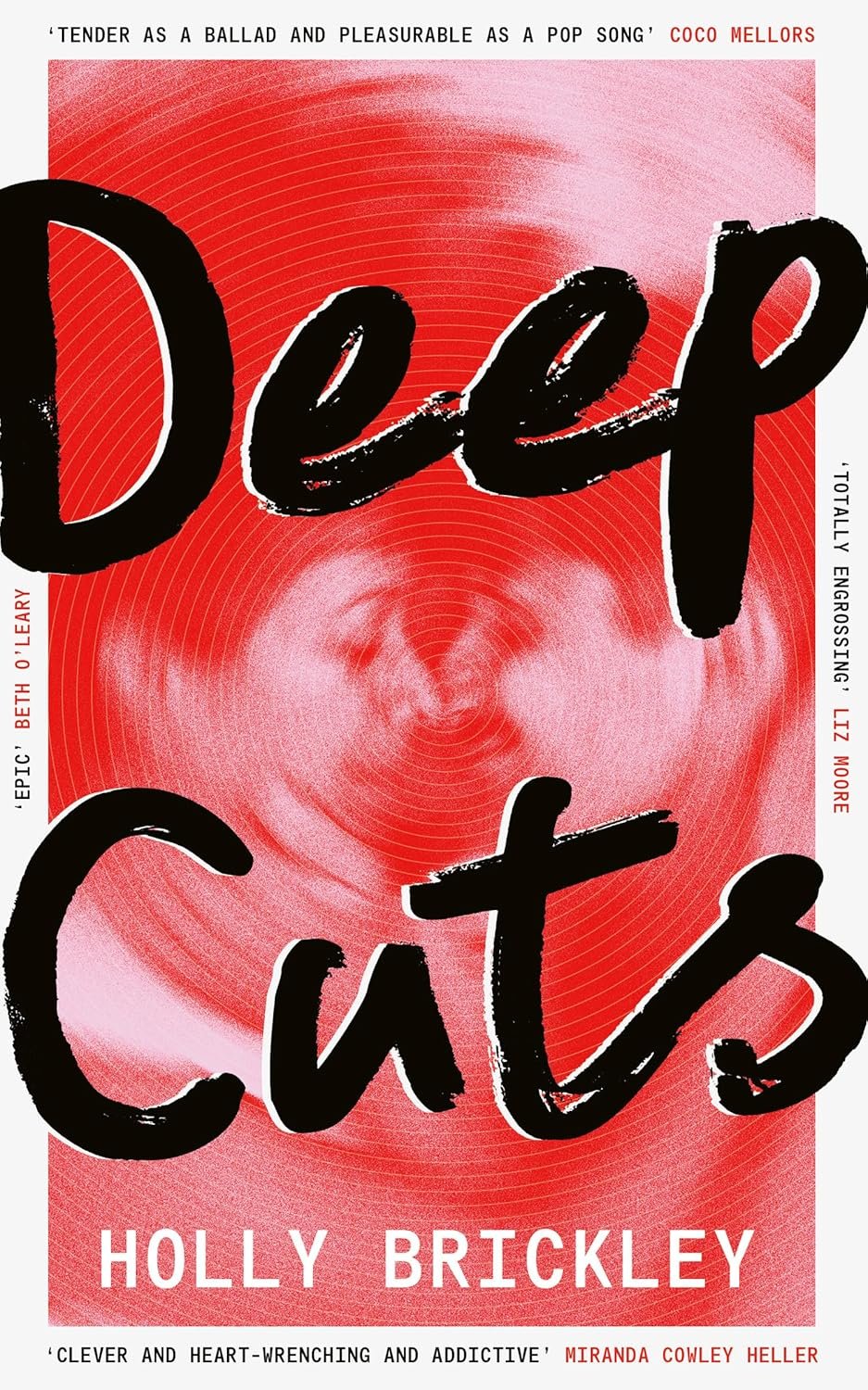Where There Was Fire, John Manuel Aria
One of the most powerful attributes of literature is that it offers a channel to amplify voices, narratives and perspectives that have otherwise been silenced, marginalised or ignored. Transnational corporations and international conglomerates have so much wealth and influence that they can alter their own narratives, forging documents, destroying evidence and sponsoring government leaders to support their version of events in order to erase any crimes they are responsible for. Fiction acts as a counterpoint to this monopolisation of history, allowing the communities affected by such corruption to reclaim the narrative and present their own version of events.
This is exactly what John Manuel Aria achieves in his debut novel. This searing piece of fiction employs magical realism and a delineated narrative form – both post-colonial techniques that resist the authority of Western literary tradition – to confront the neo-colonial malversation of the United Fruit Company, the largest and most lucrative importer of bananas from South America to the U.S. and Europe.
Where There Was Fire is told from numerous perspectives but, at its core, like hot molten lava soldering the different stories together, is a banana plantation in Costa Rica. It’s 1968 and the American Fruit Company (a barely veiled fictionalisation of the UFA) has been making its labourers spray Nemagon, a highly toxic pesticide, on the fruit trees, assuring them it is harmless. The disastrous side effects of exposure forms the catalyst for a tragedy that tears a local family apart.
Most of the action of the novel takes place outside the plantation, conveying the reverberating influence of the AFA’s violence. Choosing instead to share the lives of the local community, Aria decentralises the white capitalists that have caused such devastation. He infuses his prose with accounts of hurricanes, witchcraft, spirits, telepathy and premonitory toads, mythologizing a history in order to cement its hostile legacy. In Aria’s own words, ‘magical realism is the saviour of memory.’[1]
In grappling with the decimation caused by the banana trade, Aria continues the legacy of other Latinx writers, most famously Gabriel Garcia Marquez in 100 Years of Solitude but also Pablo Neruda and Thomas Pynchon. The result is both enchanting and sobering; a book that celebrates the Costa Rican people as much as it condemns the power dynamics that sew misery and violence with every fruit tree they plant.
[1] Magical Realism as the Savior of Memory: A Conversation with John Manuel Arias - The Rumpus
Editorial Picks




